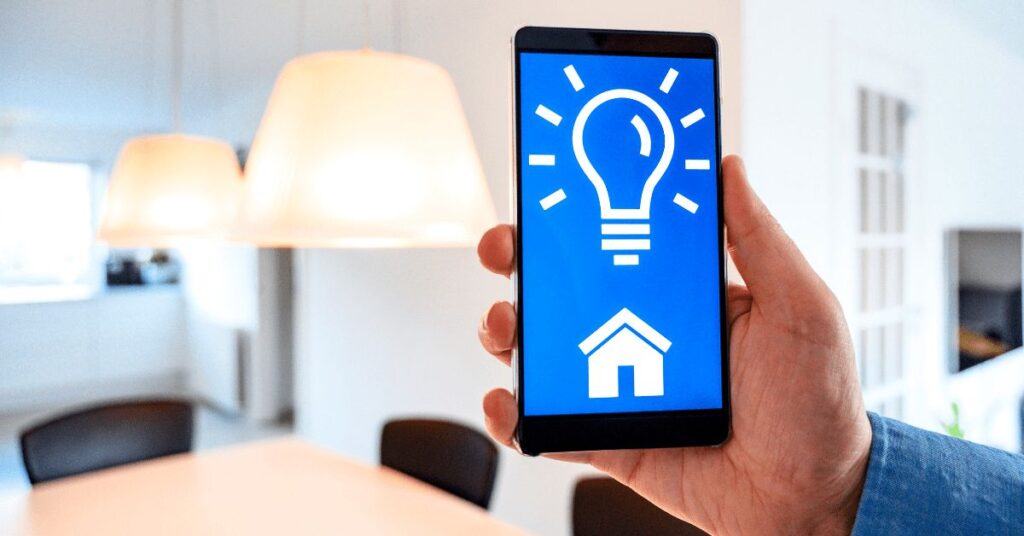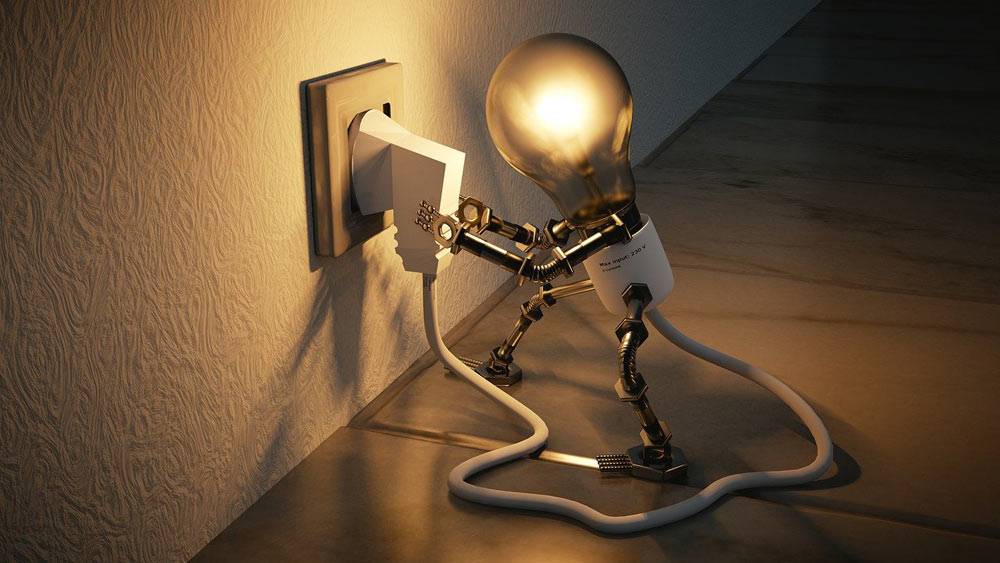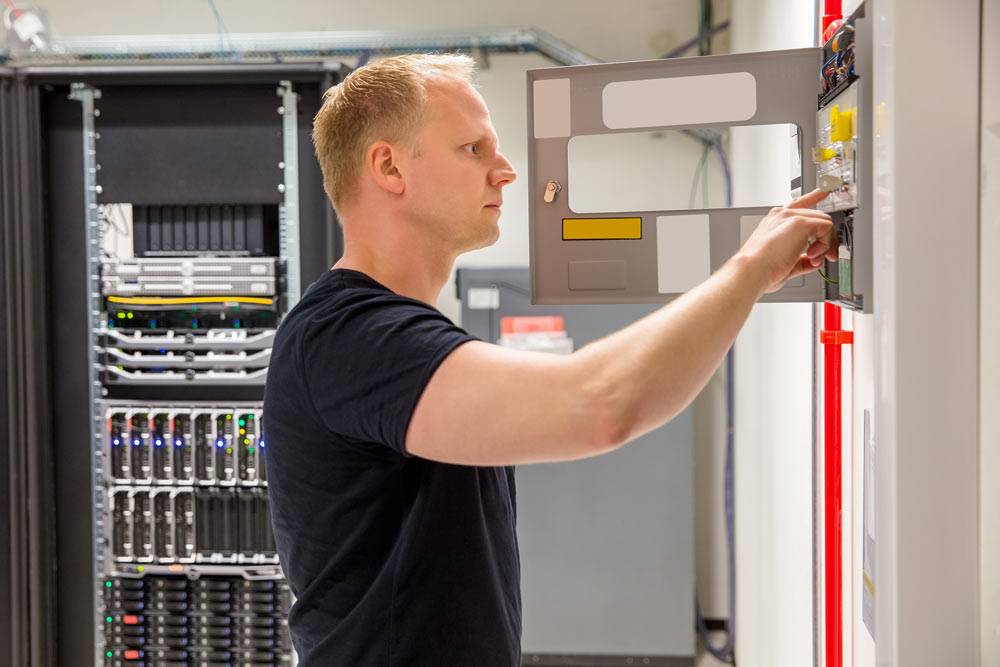Could your home benefit from a Wi-Fi booster?
We live in a digital world and our homes are an important point where we connect with it. However, from socialising and studying to working and streaming media, it is [...]
read more
We live in a digital world and our homes are an important point where we connect with it. However, from socialising and studying to working and streaming media, it is [...]
read more
Answering the efforts of its rivals LiFX and Twinkly, a new company called Moonside has introduced a pair of brand new products.
The new lighting products are [...]

With state-of-the-art devices becoming increasingly affordable, many property owners are purchasing home security options like closed-circuit television (CCTV) systems.
The benefits of such a [...]

If your favourite Freeview shows are pixelated and cutting out, it might be time to enhance the TV signal you’re receiving. Read on as we look at some options available to [...]
read more
If you’ve ever left your home or office and worried that you haven’t locked up, a smart lock might be ideal. [...]
read more
Running a business as a home technology installer has many benefits. From increased flexibility to steering your own ship, being the boss can be [...]
read more
If you’re researching how to set up your own home cinema, you might come across the term Balanced Mode Radiator, or BMR. Some of the latest [...]
read more
Renowned for its celebrated plumbing products sold at home and here in the UK, American manufacturing firm Kohler has unveiled its [...]
read more
The concept of smart home is no longer a science fiction prediction but a reality for many property owners around the [...]
read more
Based on cutting-edge wireless closed-circuit television (CCTV) technology, a new type of fire alarm is now available for [...]
read more